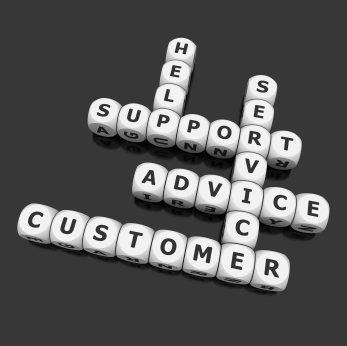To Do: Go to 30,000 Feet
Today’s To Do List:
- Design landing pages for email campaign
- Implement paid search ads
- Deploy transactional emails
- Publish blog posts
- Start drip campaigns
- Optimize key pages
- Plan sales promotions
- Develop creative for display advertising
- Post on Facebook fan page
- Design merchandise up-sells
 The to-do list of what you need to do to manage your online presence is virtually never-ending. You have so many tools in your toolbox, and you never feel like you have the adequate time and resources to be doing everything you really want to do. It is so easy to get buried in the day-to-day activities of managing your Internet operations.
The to-do list of what you need to do to manage your online presence is virtually never-ending. You have so many tools in your toolbox, and you never feel like you have the adequate time and resources to be doing everything you really want to do. It is so easy to get buried in the day-to-day activities of managing your Internet operations.
However, as important as those tactics are to your success, you can’t forget to dedicate time to step back and take a 30,000 foot view of your business and consider your opportunities.
Real game changing ideas come by thinking big. That type of thinking can’t be crammed in between analyzing your conversion funnel and adding new products to your online store. You need to find the time to really allow your mind to clear itself of the day-to-day minutia so that you can think strategically.
This is not the once-a-year strategic planning that other groups in your organization may be able to do. Given the rapid pace of innovation in our space, you need to be doing this much more frequently – for example, monthly. You need to get out of your office, turn off your phone, leave your laptop in your bag and let your mind explore the possibilities.
What implications do Foursquare, Quora, QR codes, NFC, a double-dip recession, tablets, electronic wallets, cloud computing, smarthphones, federal spending cuts, Groupon, unrest in the Middle East, etc. have on your business? What’s the next big thing? What are your competitors doing? Where is the venture capital money going? What are the real visionaries talking about? Is there innovation in seemingly unrelated industries that you may be able to leverage? What do your customers really need, and is there a way to provide them with a better experience? What assumptions are you making that you need to challenge? What does all of this mean in terms of risks and opportunities?
Are you ready for your trip to 30,000 feet? Are you ready to see the forest through the trees?





 You’ll hear companies tout the number of Facebook fans, Twitter followers or email subscribers they have, but those numbers don’t mean much. Â Sure, everything else being equal, you would rather have more fans than fewer. Â What is really important, however, is how engaged those fans, followers, and subscribers are.
You’ll hear companies tout the number of Facebook fans, Twitter followers or email subscribers they have, but those numbers don’t mean much. Â Sure, everything else being equal, you would rather have more fans than fewer. Â What is really important, however, is how engaged those fans, followers, and subscribers are.


 Too often there is a discussion about which is the ‘best’ online marketing tactic or channel (e.g. Facebook vs. Twitter or social vs. email) as if we can only choose one. As marketers, we need to focus on having conversations with our consumers how they want and where they want. For some, that is still email and for others it might be Twitter, Facebook, or something entirely different. The more places we can be providing relevant content and useful information, the more successful we will be.
Too often there is a discussion about which is the ‘best’ online marketing tactic or channel (e.g. Facebook vs. Twitter or social vs. email) as if we can only choose one. As marketers, we need to focus on having conversations with our consumers how they want and where they want. For some, that is still email and for others it might be Twitter, Facebook, or something entirely different. The more places we can be providing relevant content and useful information, the more successful we will be.